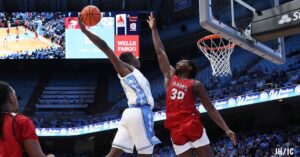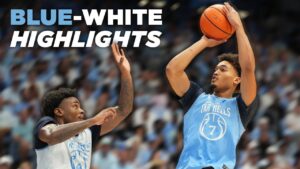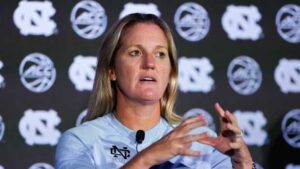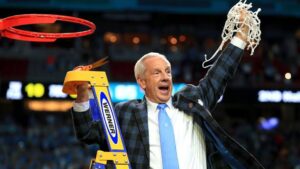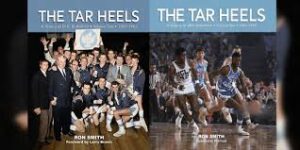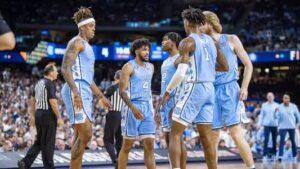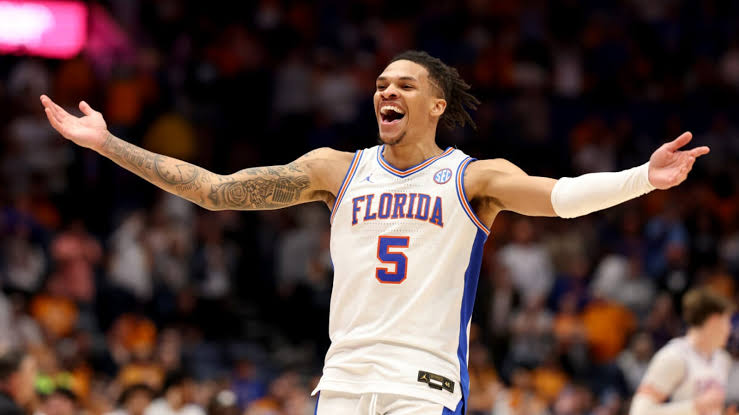

College basketball can’t keep up with exploding NIL market
The line between college hoops and professional basketball is blurring fast—and the numbers prove it.
As the 2025-26 season approaches, at least eight Division I basketball programs are operating with NIL budgets exceeding $10 million, according to 247Sports’ Travis Branham. Once unthinkable, that number now sets the going rate for elite-level talent in an era where roster building is beginning to resemble free agency.
Just a few years ago, $1 million in NIL money was jaw-dropping. Now? It’s the baseline for competing at the top. Programs like Arkansas, Indiana, and Kentucky are rumored to be spending NFL-level cash to build a Final Four-caliber roster. And they’re not just paying stars—they’re paying depth. Reports suggest the average starter at a top-tier program now earns between $500,000 and $2.5 million, while top players command upwards of $4 million.
Take Texas Tech’s JT Toppin: After flirting with the NBA Draft, he returned to Lubbock—secured by an NIL deal reportedly worth $4 million. His decision is a crystal-clear example of how money is reshaping player choices, even at the expense of going pro. He’s not the only one, as former Baylor Bear Robert Wright reportedly agreed to a $1 million dollar deal with Baylor before deciding to enter the transfer portal. After much back and forth, it looks like he will end up at BYU for a reported $3.5 million dollars.
Over 2,000 players entered the portal this offseason. For high-major schools, the question isn’t whether to pay—it’s how much and to whom. Rising stars like Yaxel Lendeborg (from UAB to Michigan) and Bennett Stirtz (Drake to Iowa) are cashing in by jumping to bigger brands, while mid-major programs struggle to retain talent.
The result? A top-heavy sport where rich programs stay rich, and Cinderella runs become less likely. The 2025 NCAA Tournament featured a noticeable drop in upsets—perhaps no coincidence as the financial gap between teams widens.
